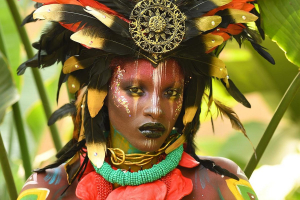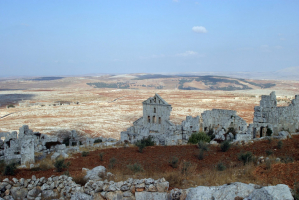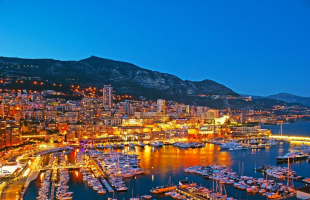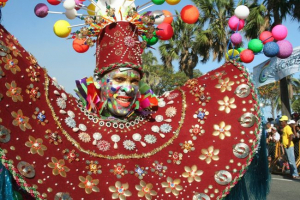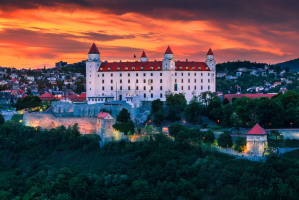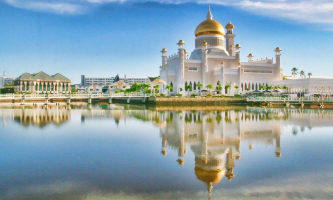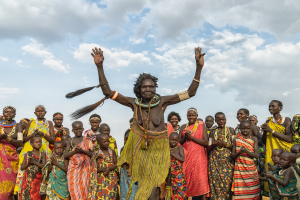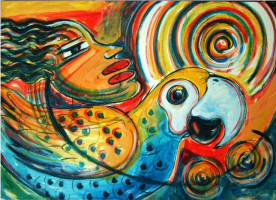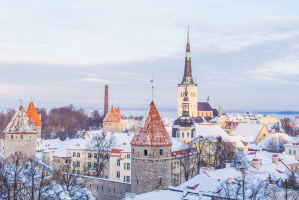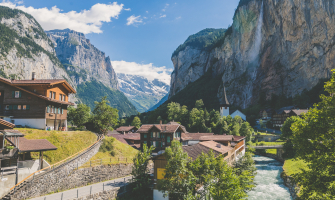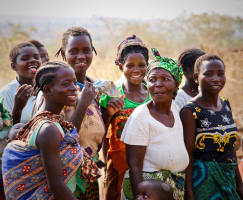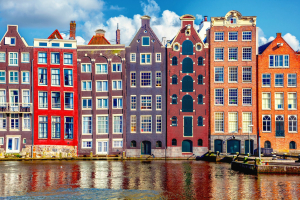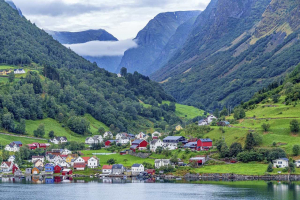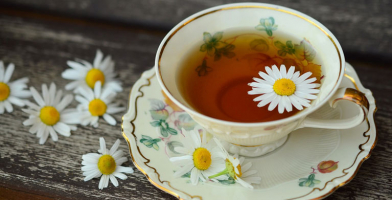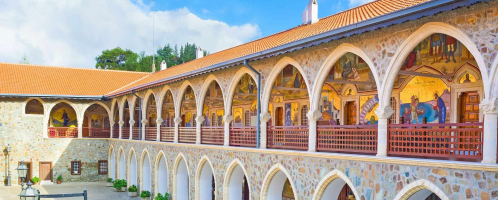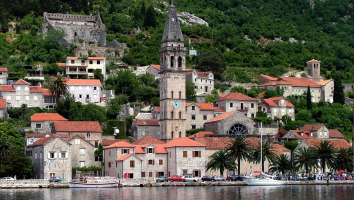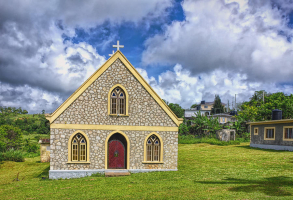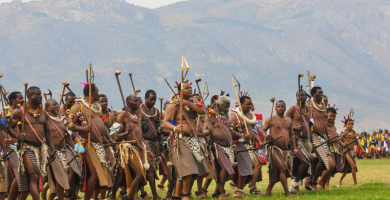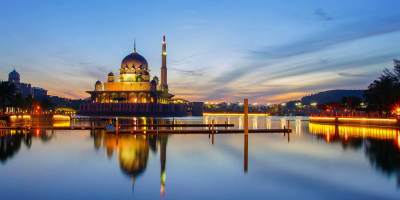Top 8 Cameroon Culture, Customs and Etiquette
About 250 indigenous populations, as well as as many languages and customs, make up the rich and diverse culture of Cameroon. Because Cameroon contains all of ... read more...the natural zones of Africa in one country—coastline, mountains, grass plains, forest, rainforest, and desert—the nation is known as "Little Africa." As lifestyles, traditional foods, and traditions vary from one geographic region to another, this also adds to the diversity of its cultures. Here are a few suggestions to assist readers learn more about Cameroon Culture, Customs, and Etiquette.
-
Francophone and Anglophone regions of Cameroon use different greetings. Men shake hands with each other in both locations. In the Francophone South, close friends may shake hands, brush cheeks, kiss the air, and embrace. In the Anglophone north, close friends have a special handshake in which they snap the other person's middle finger with their thumb as they pull their hands back.
Men frequently bow to those who are older or in positions of authority by lowering their heads and averting their eyes as a display of respect. Islam prohibits the shaking of hands between men and women. Elders are greeted first since this society is hierarchical. Even when the other person is another woman, women often avoid eye contact. You should never rush a greeting. During the greeting procedure, it's crucial to take the time to enquire about the person's family and other topics of general interest.
If you are welcomed to a Cameroonian's home, the host will appreciate fruit, whiskey, or wine. If the host is a Muslim, don't bring alcohol. A tiny gift for the kids is usually a thoughtful gesture. Sweets or school supplies are typical. Gifts aren't often opened right away. Gifts are only ever given with the right hand, never with the left, or with two hands.
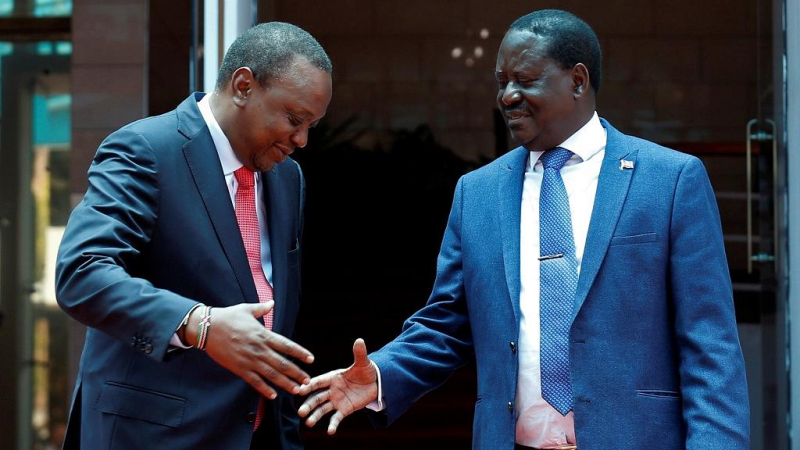
cfr.org 
cfr.org -
Dress nicely if you are invited to a Cameroonian's home to show respect for your hosts. Beginning with those who are present who are the most senior, shake hands with each guest personally. Never bring up business at a social gathering. The house is secluded. Never request a tour. The people of Cameroon are somewhat formal and believe that using proper table manners shows respect. When in doubt, observe what others do and act similarly. In traditional households, men typically eat first, followed by women and then kids. A foreign woman who is a guest is typically invited to eat with the males.
Before the dinner, a sink and soap are frequently brought out so that visitors can wash their hands. Expect to receive food from a community bowl in addition to having your own small bowl. Hierarchy dictates that the eldest person is the first to take food from the communal bowl.
Many Cameroonians prefer to eat with their hands, while cutlery may be provided for international visitors. Use your right hand if you must use your hands. You will be served valued treats like chicken gizzards as a guest. This is seen as an honor. If you are unable to eat them, express your gratitude to your host excessively and ask that it instead be given to the oldest guest present.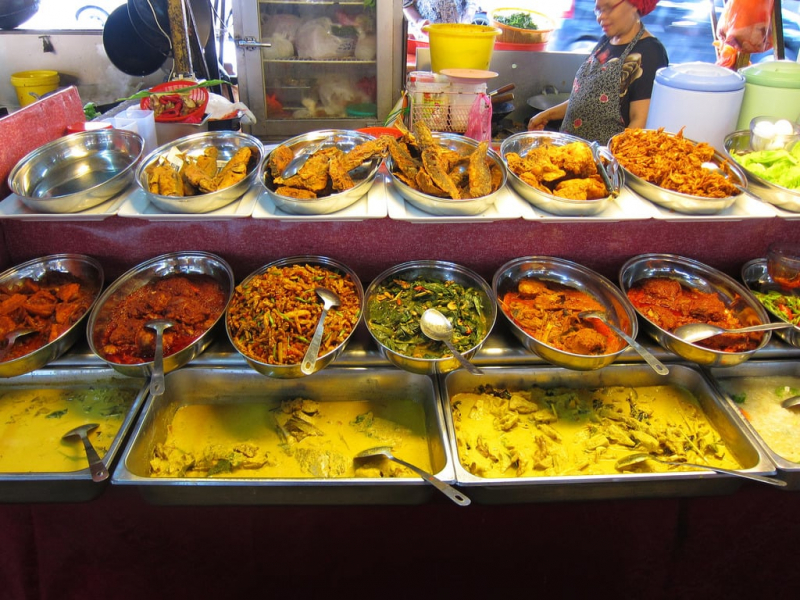
traveltank.com 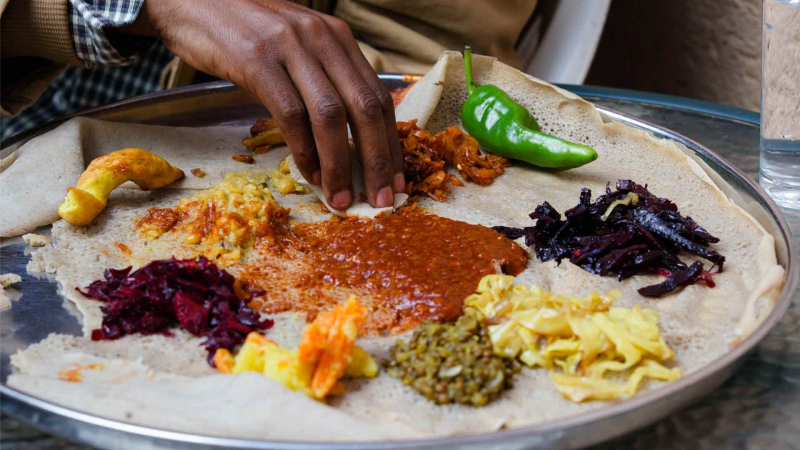
traveltank.com -
The traditional dress of Cameroon varies widely from region to region according to religion, ethnic origin, climate, customs, and beliefs. For instance, the traditional clothing of the largely Muslim, hot, dry northern area of Cameroon is a light, colorful, free-flowing robe with a head covering embellished with embroidery that is worn by both men and women with certain gender adjustments.
The garments are multi-layered with unique combinations of traditional features embroidered on them in the southern region, which is primarily Christian, Rainy, and Has Lots of Forest Land. These dresses are highly expensive to create and take a long time to finish.
Women in Cameroon find pagnes highly useful. Girls in Cameroon use it to warm up during rainy seasons, provide sheathing for their heads in sweltering heat, carry their newborns on their backs (dorsal back), and more. Pagnes are big cloth turbans. Men and women in Cameroon wear more traditional clothing in the country's countryside, but in the nation's cities, men prefer western-style clothing or clothing with an African-European influence. It is one of the the lists of Cameroon Culture, Customs, and Etiquette, that you can learn more about.. City females in Cameroon like a hybrid of traditional and western clothing, known as pagnes, which also includes blouses, shirts, and a hybrid of these called Afritude.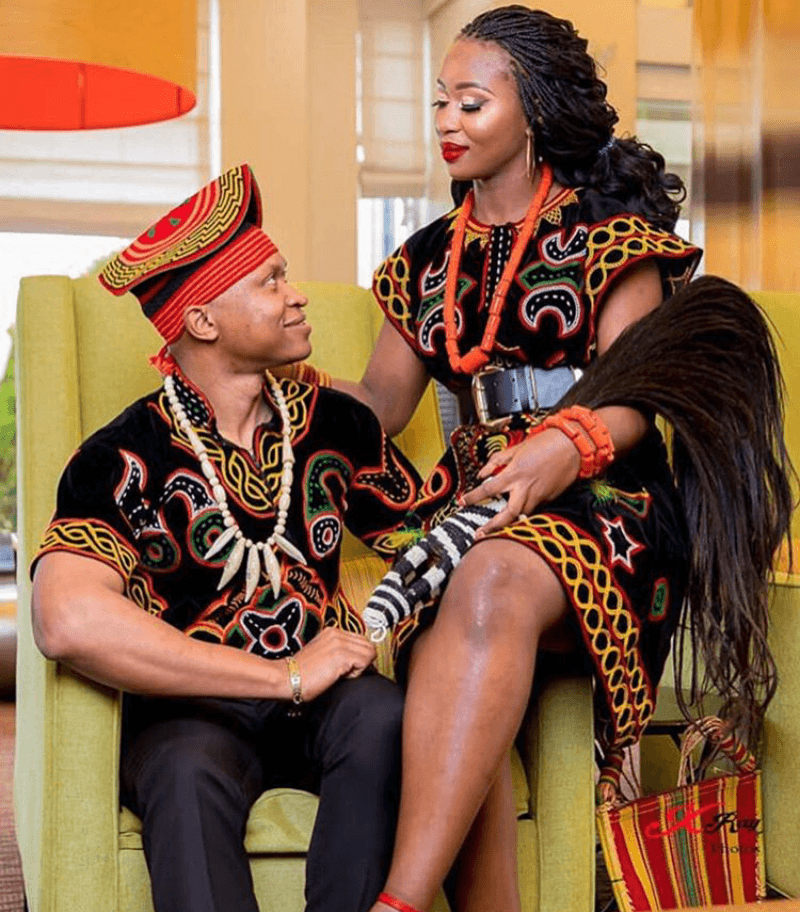
pinterest.com 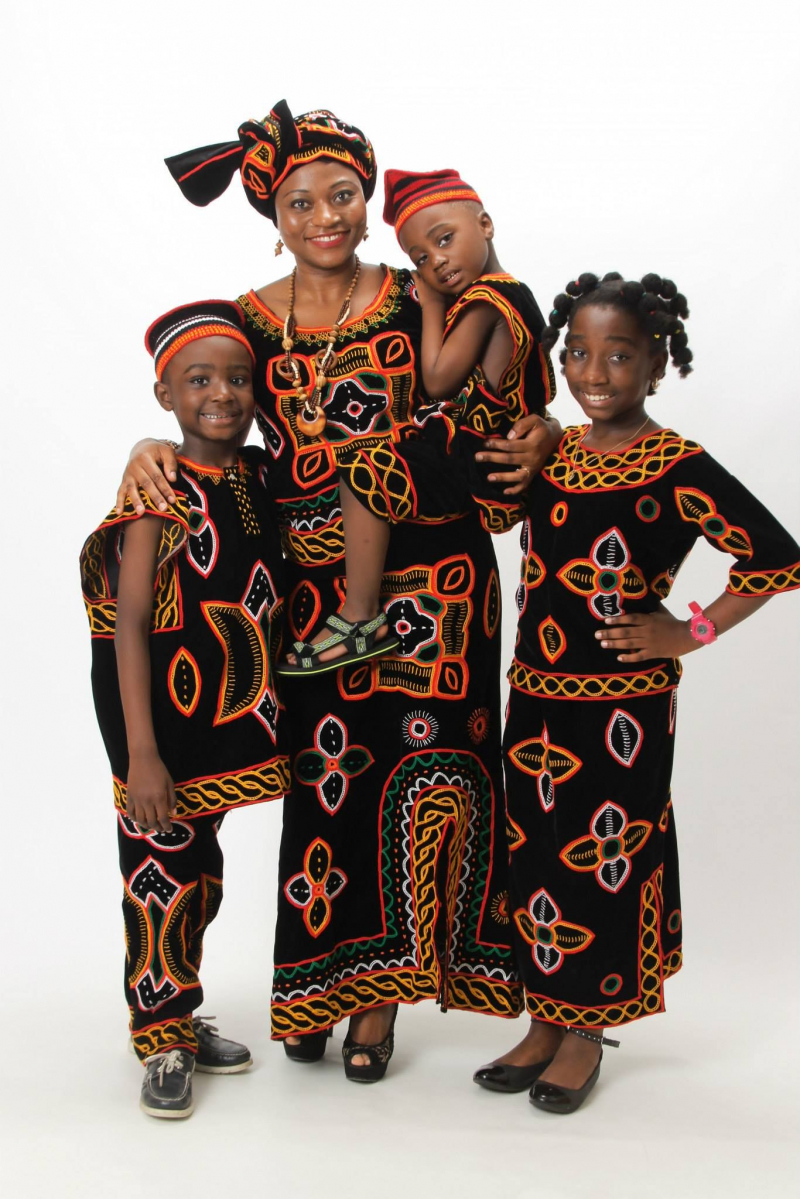
pinterest.com -
Traditional music and dance are significant to Cameroon's culture, as they are in most African nations. Many of the traditional festivals, gatherings, and celebrations in Cameroon include music and performance art. Like in any culture, music and dancing play a significant role in these festivities. Although some of the performances do have historic religious meaning, men and women are usually supposed to dance in separate groups in Cameroon.
African traditional instruments are used to generate a variety of folk musics, including those of Cameroon from flutes, horns, and stringed instruments to drums, scrapers, and percussion, which is one of the lists of Cameroon Culture, Customs, and Etiquette, that you can learn more about.. More ceremonies or traditional dances are accompanied by this music. With more than 250 different ethnic groups residing in Cameroon, the country is home to a wide range of rhythms, styles, and tempos.
According to legend, Cameroon's first popular music recordings date back to the 1930s, when French immigrants introduced the country to their musical preferences. However, Cameroon's urbanization has significantly impacted its musical identity, making current music an intriguing aspect of the nation's culture. Bikutsi, a type of indigenous folk music, gained prominence in the 1950s. Bikutsi is a song that is typically performed by women and has lyrics concerning common issues. Then, in the 1960s, the funky dance music genre known as modern Makossa rose to prominence in Cameroon. Urban street music has been well-liked in Cameroon since the 1990s.
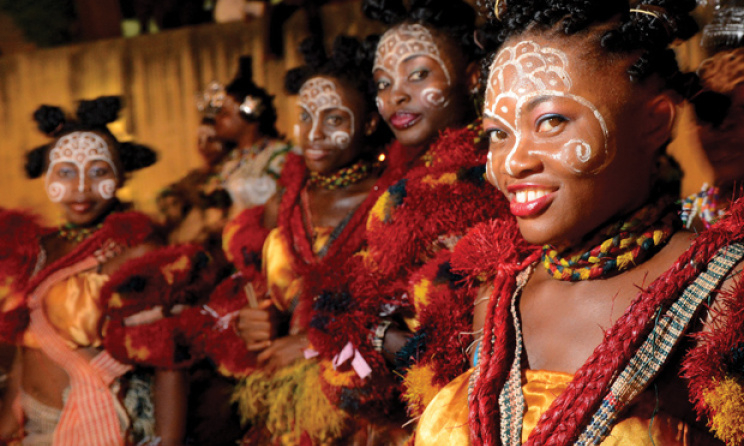
musicinafrica.net 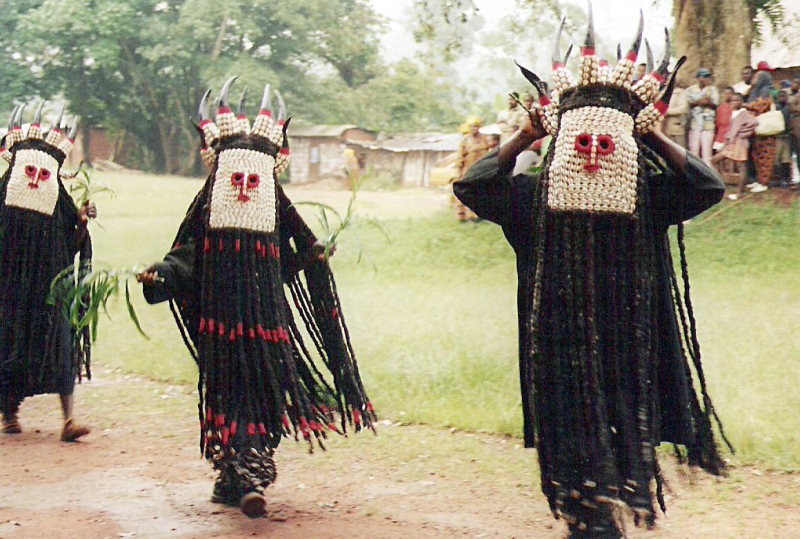
musicinafrica.net -
There are at least 250 languages spoken in Cameroon. However, some sources claim that there are about 600 languages. There are 169 Niger-Congo languages, two Nilo-Saharan languages, four Ubangian languages, and 55 Afro-Asiatic languages among them. This latter category consists of 142 Benue-Congo languages, 28 Adamawa languages, and one Senegambian language (Fulfulde) (130 of which are Bantu languages). As a legacy of Cameroon's colonial past as a colony of both France and the United Kingdom from 1916 to 1960, French and English are the official languages. Eight of Cameroon's ten regions have a majority of francophones, making up 83% of the country's population, and two have a majority of anglophones, making up 17%.
Cameroonian Pidgin English, often known as Kamtok, is the primary language of the English-speaking Northwest and Southwest provinces. The same purpose is served by Fulfulde in the north and by Ewondo in several of the provinces of the center, south, and east. Anglophone and Francophone Cameroonians frequently mingle and communicate in metropolitan areas, where Camfranglais (or Frananglais) is a relatively new pidgin language. The hybrid language has gained popularity as a result of the utilization of popular vocalists.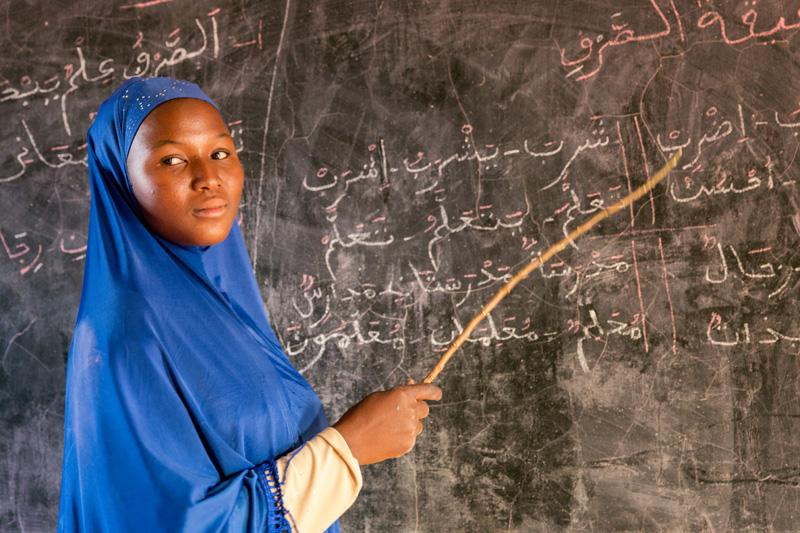
universal-translation-services.com 
universal-translation-services.com -
Holidays and festivals in Cameroon are great fun for those who are at the right place at the right time. They are often held in Douala and Yaoundé, while a few are also held in the smaller regions. Events in Cameroon have a lot to offer, from traditional displays like the Ngondo Festival to artistic festivals like the Festival National des Arts et de la Culture.
- African Music Market: The African Music Market, or Le Kolatier as it is known in Cameroon, is a must-attend event for music fans. The region's top African musicians come together for this wonderful festival, which is held in Douala every two years. These people and organizations join together to perform in a celebration of the lively music of the area. Additionally, there are interactive events including lectures, workshops, and an entertaining trade show.
- Nyem-Nyem Festival: Which takes place in Ngaoundéré, a city in the Adamawa region, in July, honors the Nyem-Nyem people's resistance movement against German rule. The community turns out in force to support those who battled for the region's independence. Cultural dances performed in full traditional garb are performed to honor the event.
- Culture Week: That is observed nationwide in Cameroon in either August or September. To honor their relatives and ancestors, the youth return to their communities. The week also includes traditional dances that feature religious masks, music performances, wrestling fights, and sporting events.
- African Theater Festival for Children and Young People (FATEJ): The FATEJ arrives in Cameroon in dramatic fashion in November. The festival, which takes place in Yaoundé every two years, brings together young people from all over the world and throughout Africa to take part in theater workshops led by professionals in the field. The occasion is a fantastic chance for troupes from all around the nation to polish their skill in a global and collaborative setting.
- Festival National des Arts et de la Culture (FENAC): The biggest nonreligious event in Cameroon is called FENAC. Artists from all over contribute to the growth of the event and the promotion of the region's rich heritage as it serves as a simple celebration of the nation's thriving arts sector. FENAC, which takes place in Moroua every December, is distinguished by vivacious parades, vibrant music, and dancing performances.
- Ngondo Festival: Ngondo, a celebration of one of Cameroon's many ethnic groupings, also takes place in December. The festival, which takes place in the city of Douala, aims to highlight the arts and culture of the Sawa people, who primarily live in the coastal regions of the country. The festival is held along the Wouri River, and it is a joy to witness the streets fill with music, dance, and friendly competitions like canoe races. The fortunate visitors who manage to arrive here at this time are sure to have a fantastic time.
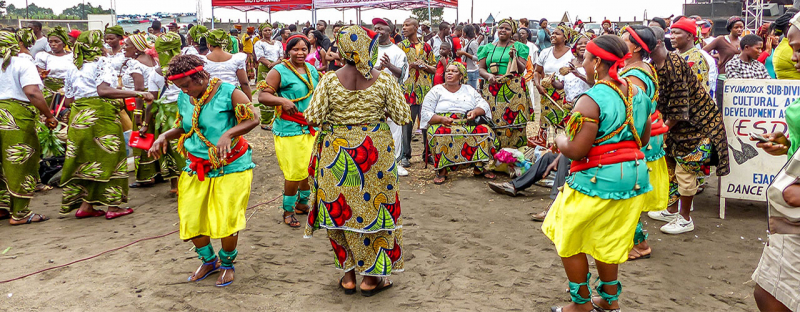
discover-cameroon.com 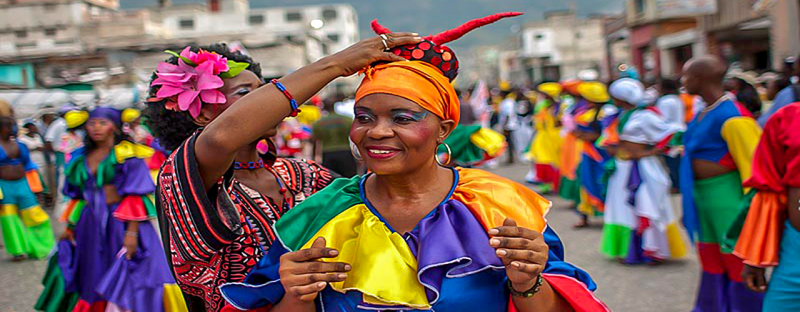
discover-cameroon.com -
A cultural craft offers a story about its maker, its origin, and the culture and legacy of the region in which it was made. A cultural craft has a genuine connection to the people and environment from which it originated. The richness of Cameroon's crafts is due to the country's diversity of ethnic groups, which makes it possible to buy and export the nation's typical masks, figurines, statuettes, hides, and fabrics. That is one of the lists of Cameroon Culture, Customs, and Etiquette.
Additionally, well known are the arts and crafts produced in Cameroon. The people of Cameroon can create some genuinely unique art and artifacts because their nation is so cosmopolitan. The skill and attention put into creating these crafts—from ceramics and sculpture to textiles and woodwork—are unmatched. The people of Cameroon are preserving both their visual identity and their culture by carrying on with these ancient crafts. Different regions of Cameroon specialize in different fields of crafts and have their own distinct style, and crafts play a significant role in the country's economy, culture, and even decorative identity. North-Western Cameroon is known for its pottery and ceramics, whereas Western Cameroon is known for its woodwork, sculptures, and beadwork.
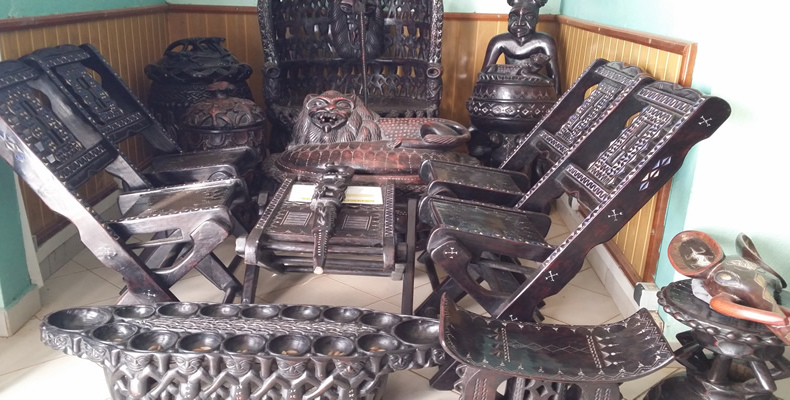
festival.si.edu 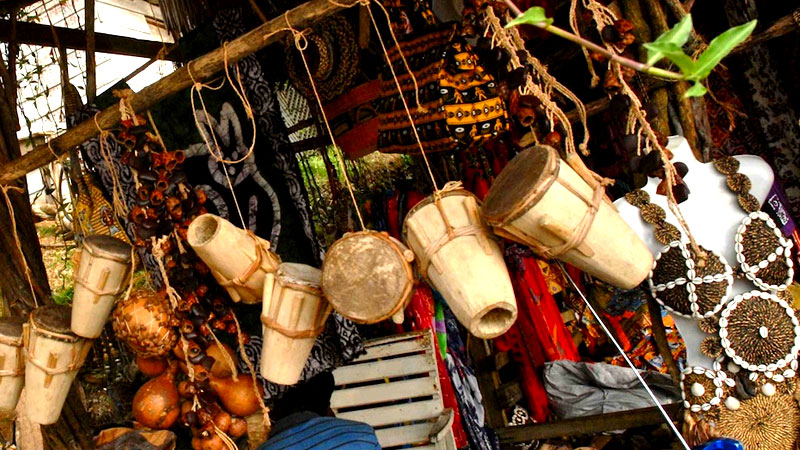
festival.si.edu -
Cameroon, like many other nations in Africa, has a long history of oral literature and storytelling, which is one of the lists of Cameroon Culture, Customs, and Etiquette. Tales and stories play a significant role in Cameroonian culture, serving as a means of teaching without the necessity for written language. The Scared Door, The Story of The Bat and The Sun, and The Foolish Leopard are some of the most well-known Cameroonian story titles.
Each story has a moral lesson to impart and teaches us something about the interesting nation's culture. Younger children can learn and grow while being entertained and having their imaginations satisfied through storytelling. In traditional oral literature, the stories are brought to life by gestures, dancing, and nighttime singing, making them a really wonderful aspect of Cameroonian culture. The people of Cameroon believe that passing down stories and folklore is an essential part of preserving the culture and values of their nation for upcoming generations. In addition to assisting people in making sense of the world, they also educate both children and adults about significant aspects of the local culture.
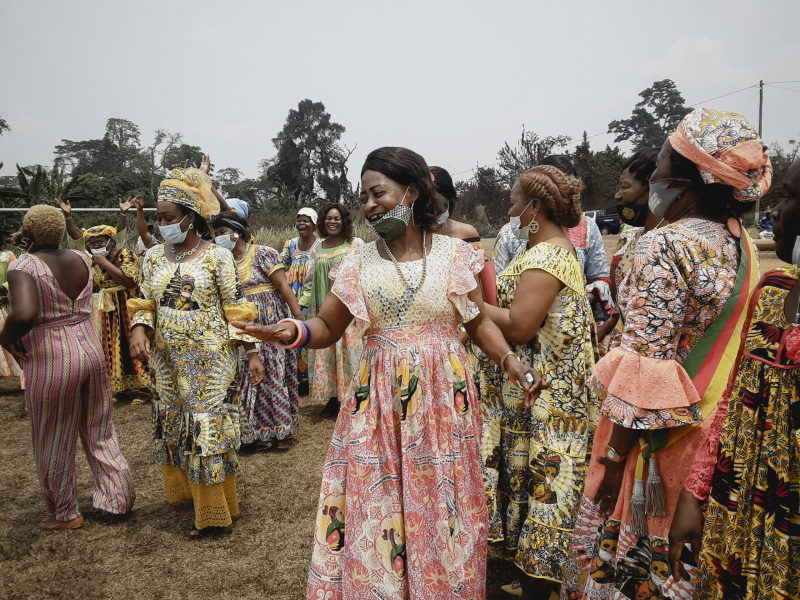
conbio.onlinelibrary.wiley.com 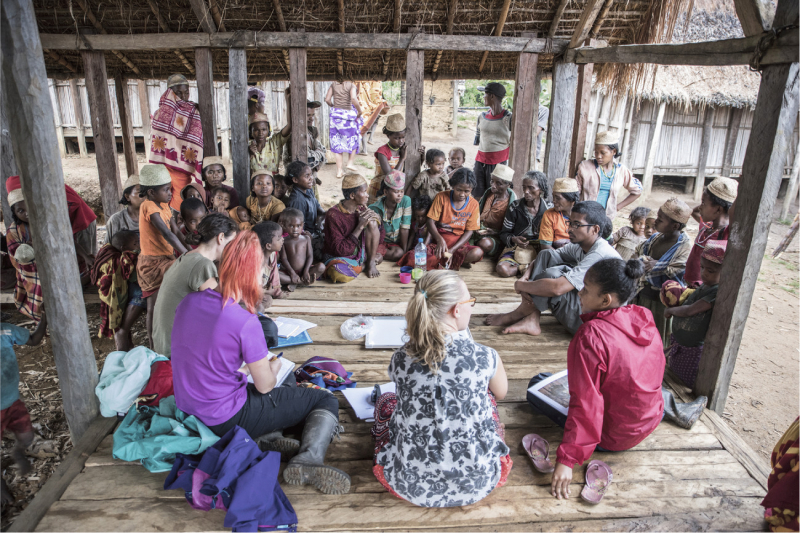
conbio.onlinelibrary.wiley.com










